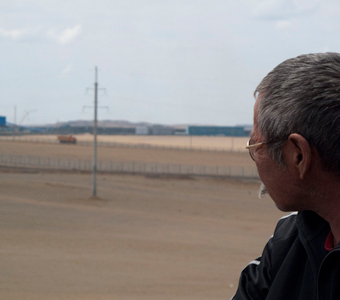Earlier this week we published an overview of two Central Asian mining projects financed by the European Bank for Reconstruction and Development – the Kumtor gold mine in Kyrgyzstan and the Ukhaa Khudag coal mine in Mongolia’s south Gobi desert, which is part of the much larger – in fact the world’s largest – coal deposit at Tavan Tolgoi.
, | 27 January 2012

Earlier this week we published an overview of two Central Asian mining projects financed by the European Bank for Reconstruction and Development – the Kumtor gold mine in Kyrgyzstan and the Ukhaa Khudag coal mine in Mongolia’s south Gobi desert, which is part of the much larger – in fact the world’s largest – coal deposit at Tavan Tolgoi.
In their own way, both projects demonstrate the challenges inherent to using natural resources as the primary means to alleviate poverty and develop the social and economic infrastructure lacking in many Central Asian countries.
In advance of next week’s publication of two reports outlining in more detail these case studies from Kyrgyzstan and Mongolia, we’re publishing this video that illustrates the conflict between mining and those people who have traditionally relied on that same land for their survival.
Never miss an update
We expose the risks of international public finance and bring critical updates from the ground – straight to your inbox.
Institution: EBRD
Theme: Mining
Location: Mongolia | Kyrgyzstan
Project: Mining boom in Mongolia
Tags: communities | mining | resettlement | video
